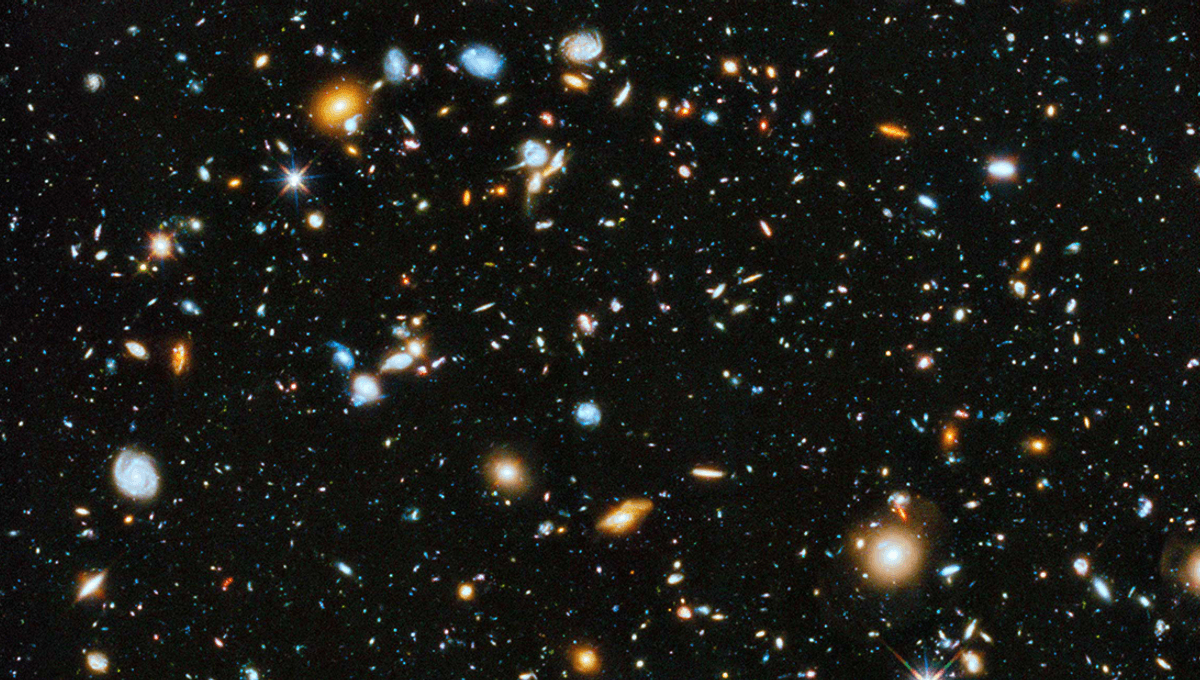
The universe, already impressively big compared to say, a planet or Tom Cruise, is expanding. According to the cosmic microwave background, this expansion is happening at the rate of about 67.5 kilometers (41.9 miles) per second per megaparsec (3,260,000 light-years). Meanwhile, measuring the distance of Cepheids stars leaves us with an estimated expansion rate of 73 kilometers (45.3 miles) per second per megaparsec.
The discrepancy between those numbers and our failure to explain the acceleration of the expansion of the universe with current models is one of the biggest problems in physics, but this expansion also has implications for our view of the universe. Rather than merely giving more for us to love, the expansion of the universe means that we will see a smaller and smaller part of it as time goes on, with further objects being kept forever out of reach from our point of view.
We can only see light that has made it to our vantage point, meaning that there is a limit to how much of the universe we can see (known as the observable universe) as the light has not yet made it to us. In a static universe, the only thing stopping us from seeing those distant objects (as well as the Doppler effect) is the time it takes to get to us. In a static universe, as time went on, we would detect more and more light from distant objects and our Hubble horizon – the amount of universe we can observe – would grow.
However, our best theories tell us that we are in an expanding universe. For now, our observable universe will continue to grow with the light from distant stars that can reach us, but has not had the time to reach us; one estimate says that we have only observed around 43 percent of the galaxies that we will eventually be able to observe as their light reaches us.
As the universe expands (as it does in a universe with dark matter and dark energy, the best explanation we have of the universe at the moment) that changes. The distance between us and all other stars increases, and our observable universe shrinks, giving us less to observe and play with as time drags on. In the universe we believe we are in, more distant objects will disappear from our view faster and faster.
In one idea, to be filed under “unlikely but fun to think about”, the observable universe could be bigger than the universe itself. If it were small enough, and sufficient time had passed, light from objects would reach us from several different directions. This would mean that in a flat universe we could think we are seeing objects far in the distant reaches of the universe, when really we are seeing the light of a near (or nearer) object that has reached us from the other direction.
Teams have looked for evidence of this in the form of duplicated circles in the cosmic microwave background, though no evidence has been found to support the idea, suggesting the universe is indeed bigger than the observable universe. We will never know what the rest of it looks like.
Source Link: The Observable Universe Is Going To Get Smaller